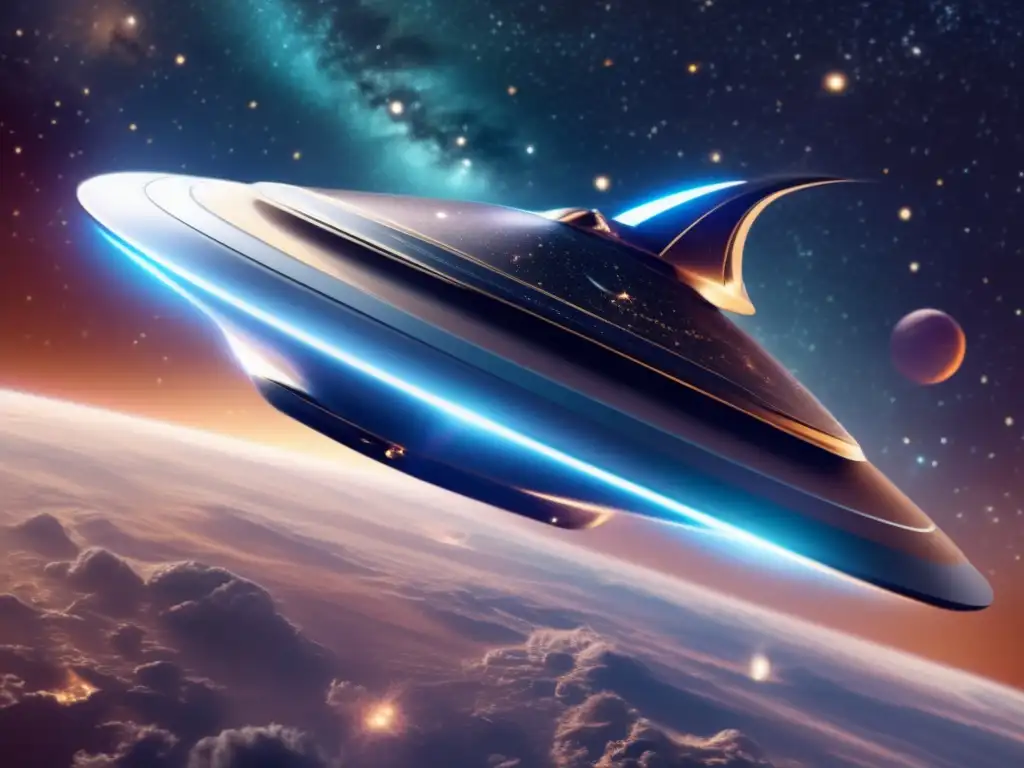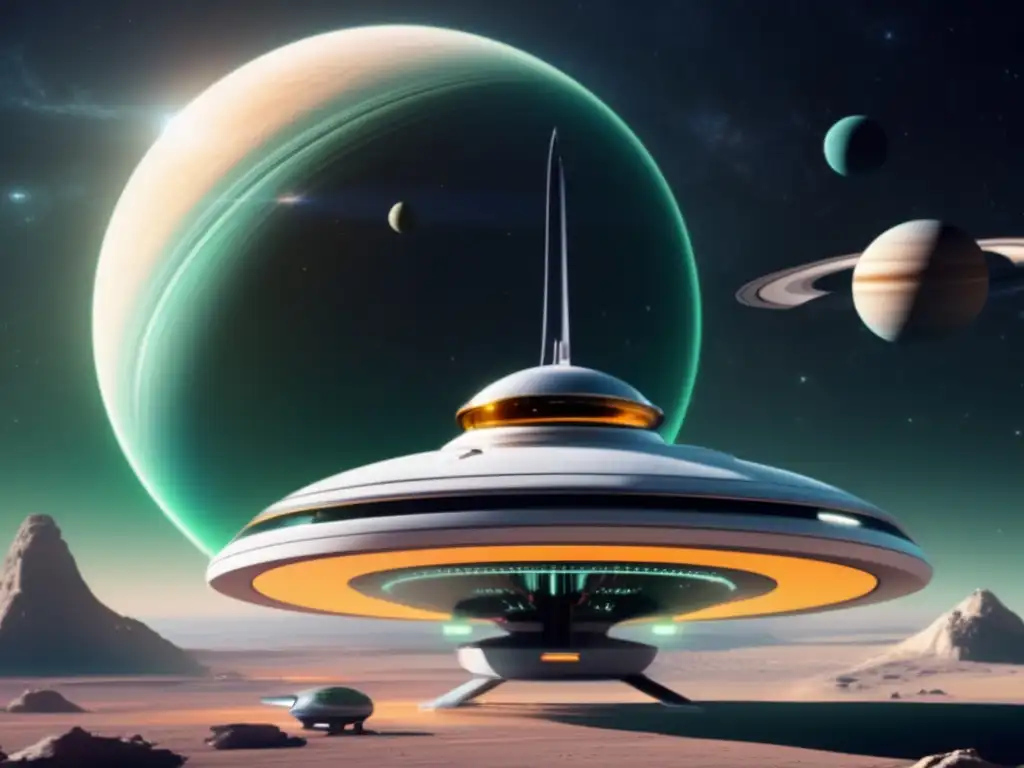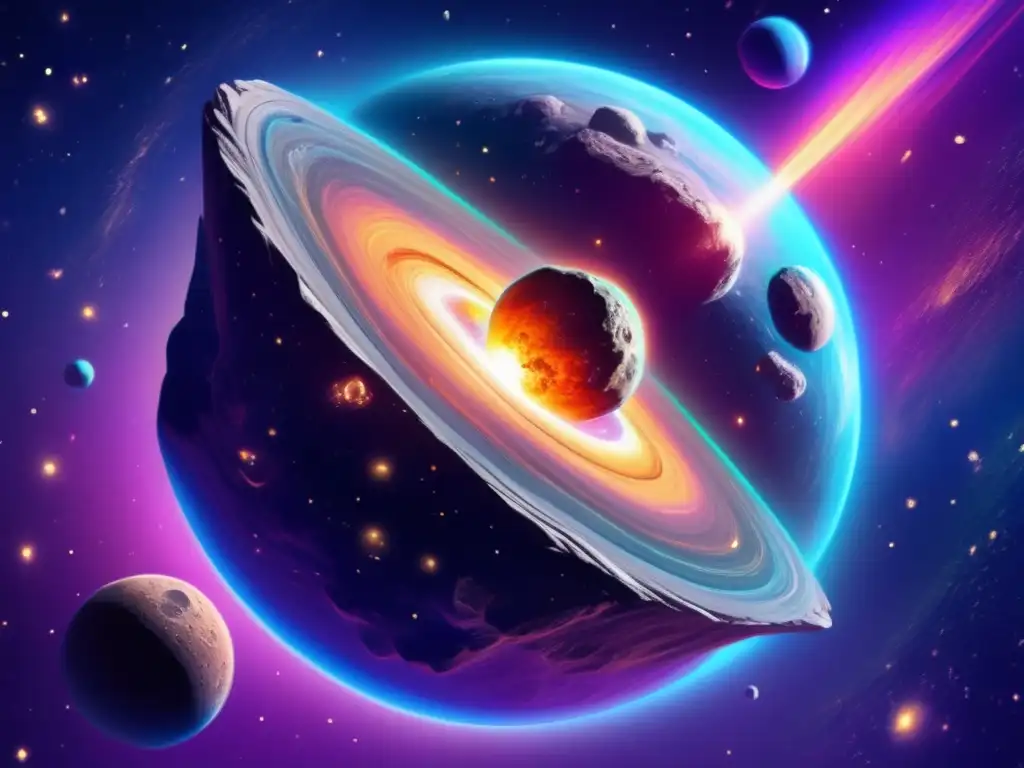Deiphobus: Its Relevance In Space Science

Introduction
Welcome to Asteroid Realm! In this article, we will explore the fascinating asteroid known as Deiphobus and its relevance in space science. Deiphobus is a celestial object that offers valuable insights into the history and formation of our solar system. Join us on this journey as we delve deep into the mythology, history, and cultural significance of Deiphobus, shedding light on its importance in the study of asteroids.
The Mythology of Deiphobus

The Trojan War and Deiphobus
In Greek mythology, Deiphobus was a prince of Troy and a prominent warrior during the Trojan War. He was the son of King Priam and Queen Hecuba, and the brother of famous characters such as Hector and Paris. Deiphobus played a critical role in the epic conflict by defending his city against the Greeks and showcasing courage and strength on the battlefield. His story has inspired countless tales and literary works throughout history.
Deiphobus: A Name for an Asteroid
Just like many other asteroids, Deiphobus was named after a character from Greek mythology. The tradition of naming asteroids after mythological figures allows us to connect celestial bodies with human narratives and cultural heritage. This naming convention brings an element of vivid storytelling and curiosity to the world of space science.
Deiphobus and its Symbolism
In mythology, Deiphobus is often associated with bravery, loyalty, and devotion. These traits can be seen as symbolic representations of the characteristics that scientists seek to understand about asteroids. By exploring Deiphobus and its role in mythology, researchers gain a deeper appreciation for the significance of asteroids in shaping ancient beliefs and narratives.
Deiphobus in Space Science

Deiphobus's Physical Characteristics
Scientists have conducted extensive studies to understand the physical characteristics of Deiphobus. Through observational data and spacecraft missions, researchers have determined that Deiphobus belongs to the asteroid belt, a region located between Mars and Jupiter that is abundant in small rocky objects. The size, shape, composition, and rotation of Deiphobus are all valuable parameters that scientists analyze to gain insights into the formation processes of asteroids and the early solar system.
Exploring Deiphobus's Origins
One of the primary goals of space science is to unravel the mysteries of our universe's origins. Studying asteroids such as Deiphobus allows scientists to gather vital clues about the early history of the solar system. By analyzing the composition of Deiphobus and comparing it to other asteroids, researchers can uncover information about the parent bodies from which these asteroids originated. This knowledge contributes to our understanding of planetary formation and the processes that shaped our celestial neighborhood billions of years ago.
The Significance of Deiphobus's Orbit
Deiphobus follows a specific orbit within the asteroid belt, and studying its orbital characteristics provides valuable information about the dynamics of this region. Scientists use advanced computational models and observational data to analyze the gravitational interactions that shape the asteroid belt's structure. By mapping the positions, velocities, and trajectories of asteroids like Deiphobus, researchers can refine our understanding of the complex dynamics involved in the evolution of the solar system.
Frequently Asked Questions

-
What is the significance of naming asteroids after mythological figures?
Naming asteroids after mythological figures adds a sense of wonder and curiosity to the study of asteroids, connecting celestial objects with human narratives and cultural heritage.
-
Why are Deiphobus's physical characteristics important for space science?
Studying Deiphobus's size, shape, composition, and rotation provides crucial insights into the formation processes of asteroids and the early solar system.
-
How does studying Deiphobus contribute to our understanding of planetary formation?
By analyzing Deiphobus's composition and comparing it to other asteroids, researchers can uncover information about the parent bodies from which these asteroids originated, shedding light on the processes involved in planetary formation.
-
What can Deiphobus's orbit tell us about the dynamics of the asteroid belt?
Studying Deiphobus's orbit helps scientists understand the gravitational interactions that shape the structure and evolution of the asteroid belt.
-
How does mythology enrich our understanding of asteroids?
Exploring the mythology associated with asteroids like Deiphobus deepens our appreciation for their cultural significance and their role in shaping ancient beliefs and narratives.
Conclusion
Deiphobus offers a captivating story intertwined with its relevance in space science. By exploring the mythology, history, and cultural significance of Deiphobus, we gain a deeper understanding of asteroids' importance in the study of our solar system's origins. From the physical characteristics and origins of Deiphobus to its orbit and symbolism, this celestial body provides valuable insights into the formation processes and dynamics of asteroids in the asteroid belt. We encourage you to share your thoughts and continue exploring the fascinating world of asteroids on Asteroid Realm. Thank you for joining us on this journey.
Additional Resources

If you are interested in delving deeper into the topic of asteroids and their significance in space science, check out these additional resources:
 Kleopatra: A Study Of The Dog-Bone-Shaped Asteroid
Kleopatra: A Study Of The Dog-Bone-Shaped Asteroid The World Of Asteroid Ascanius Explored
The World Of Asteroid Ascanius Explored A Deep Dive Into Juno: One Of The Largest Asteroids In The Main Belt
A Deep Dive Into Juno: One Of The Largest Asteroids In The Main BeltIf you want to discover more articles similar to Deiphobus: Its Relevance In Space Science, you can visit the Asteroid Profiles category.
Leave a Reply

Articulos relacionados: